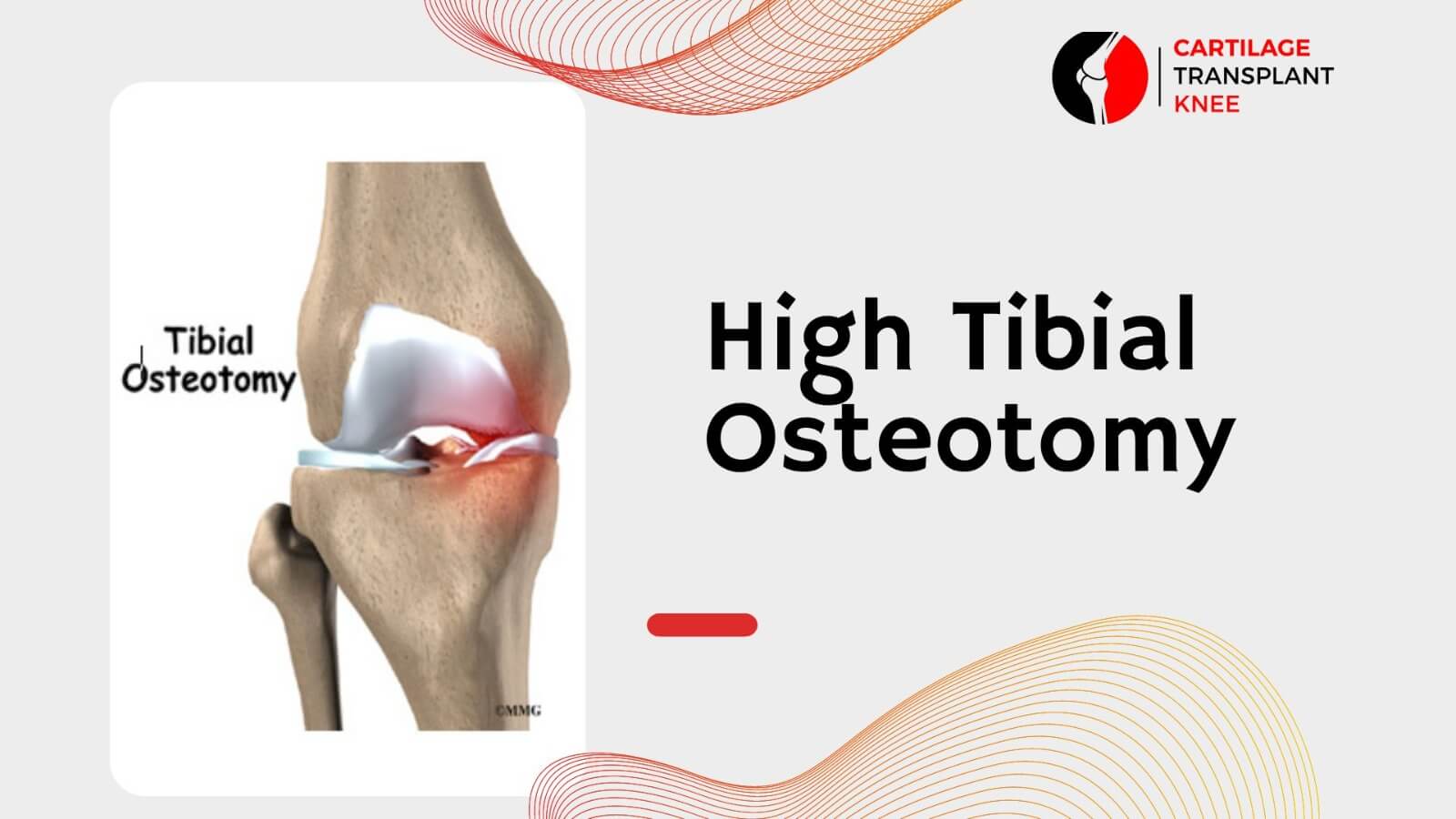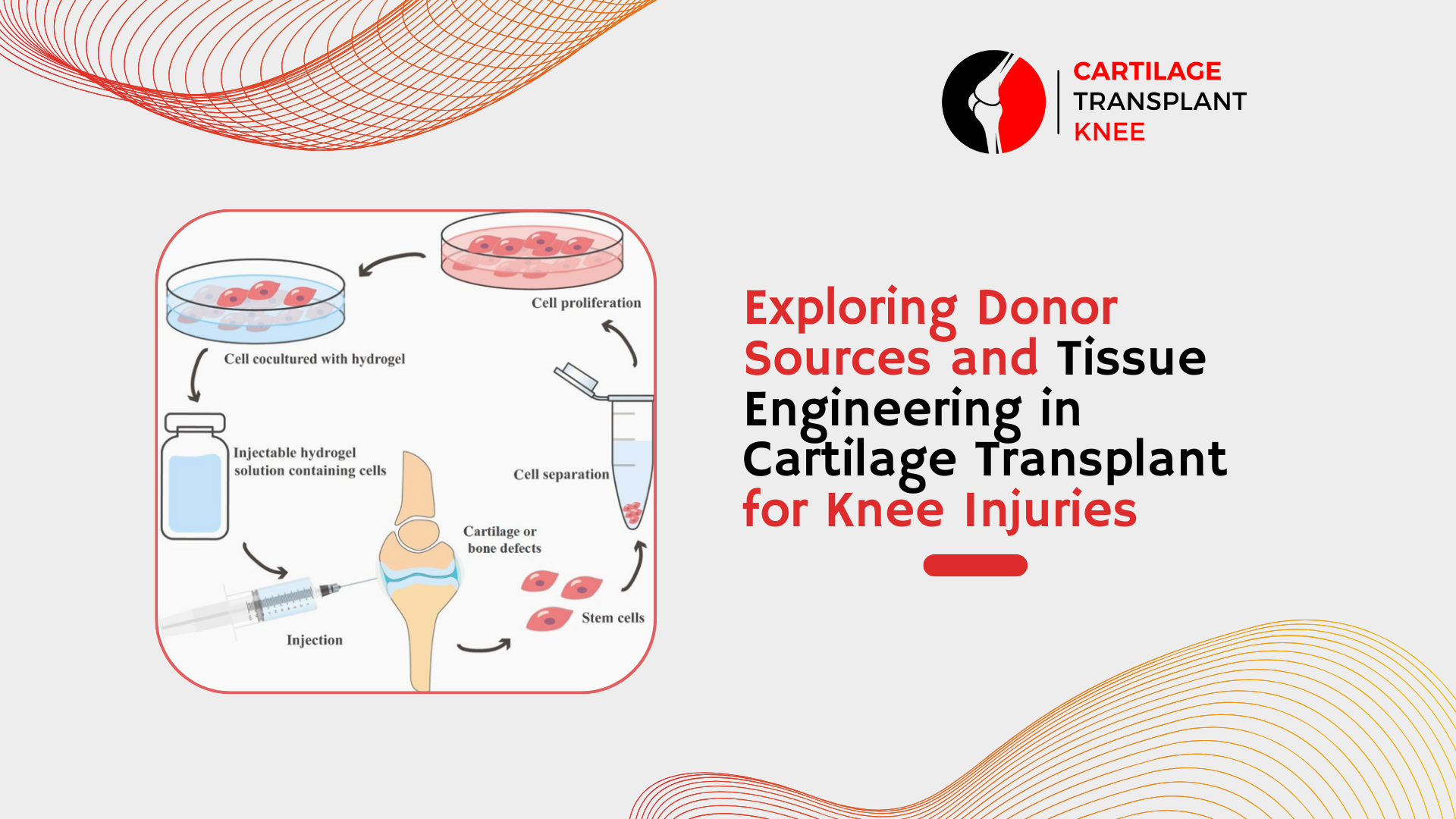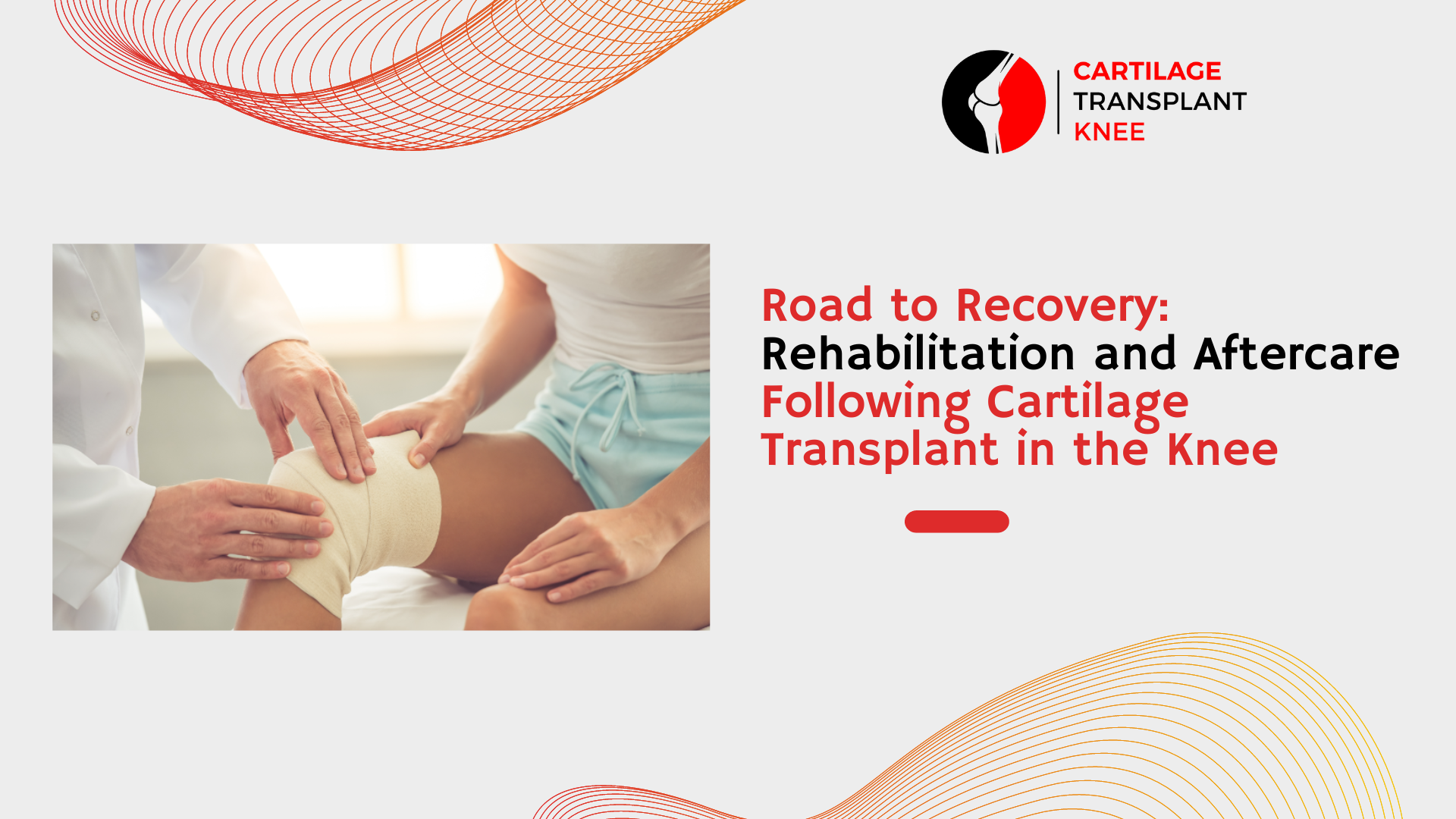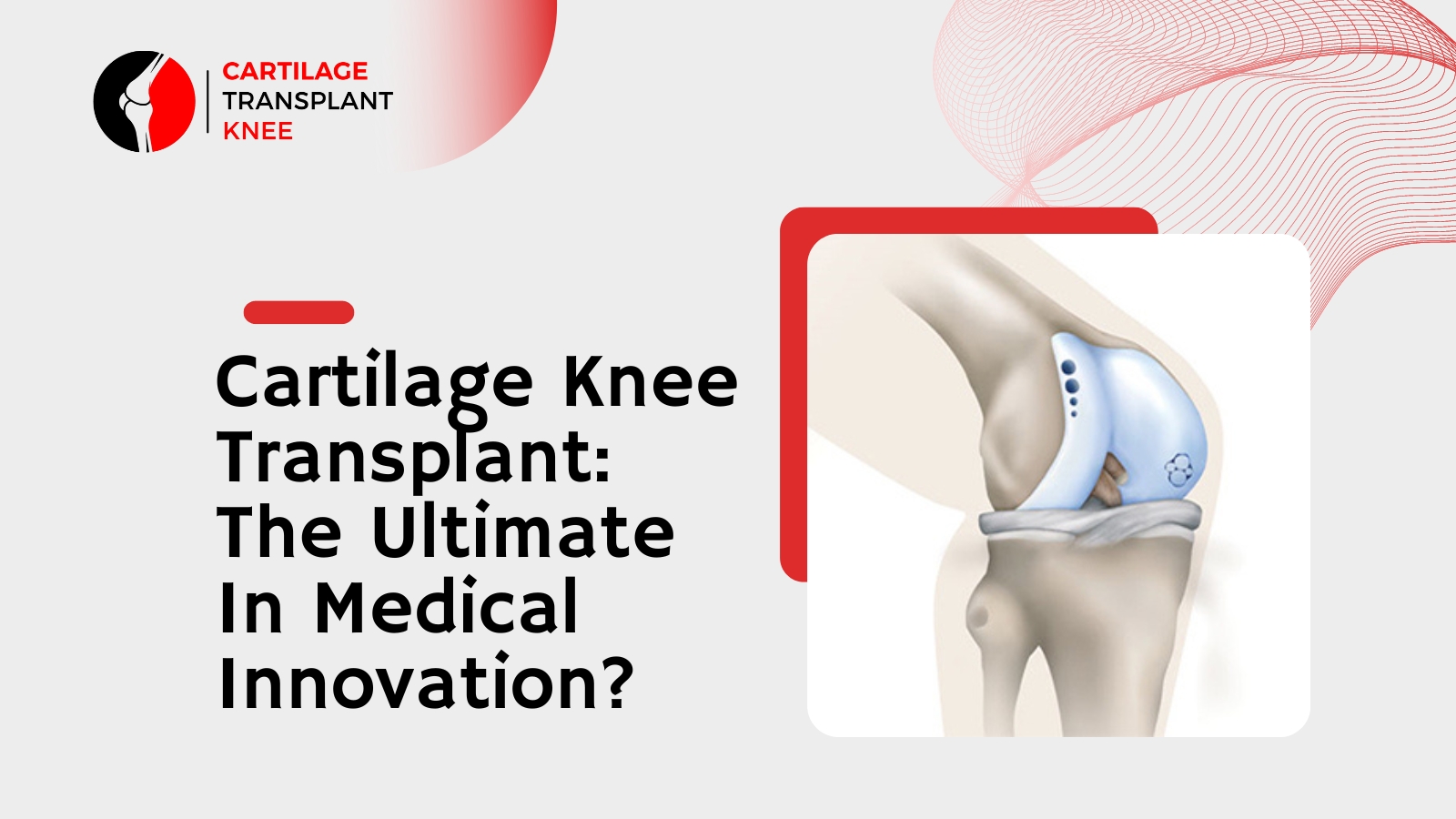High tibial osteotomy (HTO) is a surgical procedure used to treat knee arthritis, particularly in younger patients with early-stage arthritis on the inner side of the knee. In this procedure, the surgeon cuts the upper shinbone (tibia) and realigns it to shift the weight-bearing load from the damaged side of the knee to the healthy side. This reduces the pressure on the damaged side and allows the knee joint to heal and function better. In this blog, we will discuss the details of high tibial osteotomy, including the procedure, recovery, and potential benefits and risks.
Overview of High Tibial Osteotomy
High tibial osteotomy is a procedure that involves the following steps:
1. Preoperative Evaluation: Before the surgery, the patient will undergo a thorough evaluation to determine if they are a good candidate for the procedure. This may include a physical exam, X-rays, and other imaging studies.
2. Anesthesia: The procedure is typically performed under general anesthesia or regional anesthesia, depending on the patient's preference and the surgeon's recommendation.
3. Bone Cut: Once the anesthesia has taken effect, the surgeon makes a small incision on the inner side of the knee and cuts the upper shinbone to create a wedge-shaped opening.
4. Realignment: The surgeon then realigns the tibia bone by shifting the wedge opening towards the healthy side of the knee, reducing the pressure on the damaged side of the knee.
5. Fixation: The tibia bone is then held in place using screws, a plate or other devices.
Recovery from High Tibial Osteotomy
Recovery from high tibial osteotomy typically takes several months. During the first few weeks after surgery, the patient may need to use crutches or a walker to keep weight off of the knee joint. Physical therapy is also an important part of the recovery process, as it helps to promote healing and restore strength and flexibility to the knee joint.
After several weeks, the patient may be able to begin bearing weight on the knee joint and engaging in light activities such as walking and cycling. However, high-impact activities such as running and jumping should be avoided until the knee joint has fully healed.
Benefits of High Tibial Osteotomy
High tibial osteotomy offers several potential benefits for individuals with knee arthritis, including:
1. Delay or Avoidance of Knee Replacement Surgery: High tibial osteotomy may help to delay or avoid the need for knee replacement surgery, particularly in younger patients with early-stage arthritis.
2. Improved Joint Function: By reducing the pressure on the damaged side of the knee joint, high tibial osteotomy can improve joint function and reduce pain.
3. Customizable: The procedure can be tailored to the individual needs of the patient, with the angle and amount of the bone cut customized to the patient's specific condition.
4. Minimally Invasive: High tibial osteotomy is a minimally invasive procedure that is typically performed using arthroscopic techniques. This means that the procedure involves only small incisions and can be performed on an outpatient basis, which can help to minimize recovery time and reduce the risk of complications.
Risks and Complications of High Tibial Osteotomy
Like all surgical procedures, high tibial osteotomy carries some risk of complications. Some of the most common risks and complications associated with this procedure include:
1. Infection
2. Nerve or Blood Vessel Damage
3. Nonunion or Delayed Union of the Bone Cut
4. Blood Clot
5. Implant Failure
Conclusion
High tibial osteotomy is a surgical procedure that can help to treat knee arthritis, particularly in younger patients with early-stage arthritis on the inner side of the knee.









